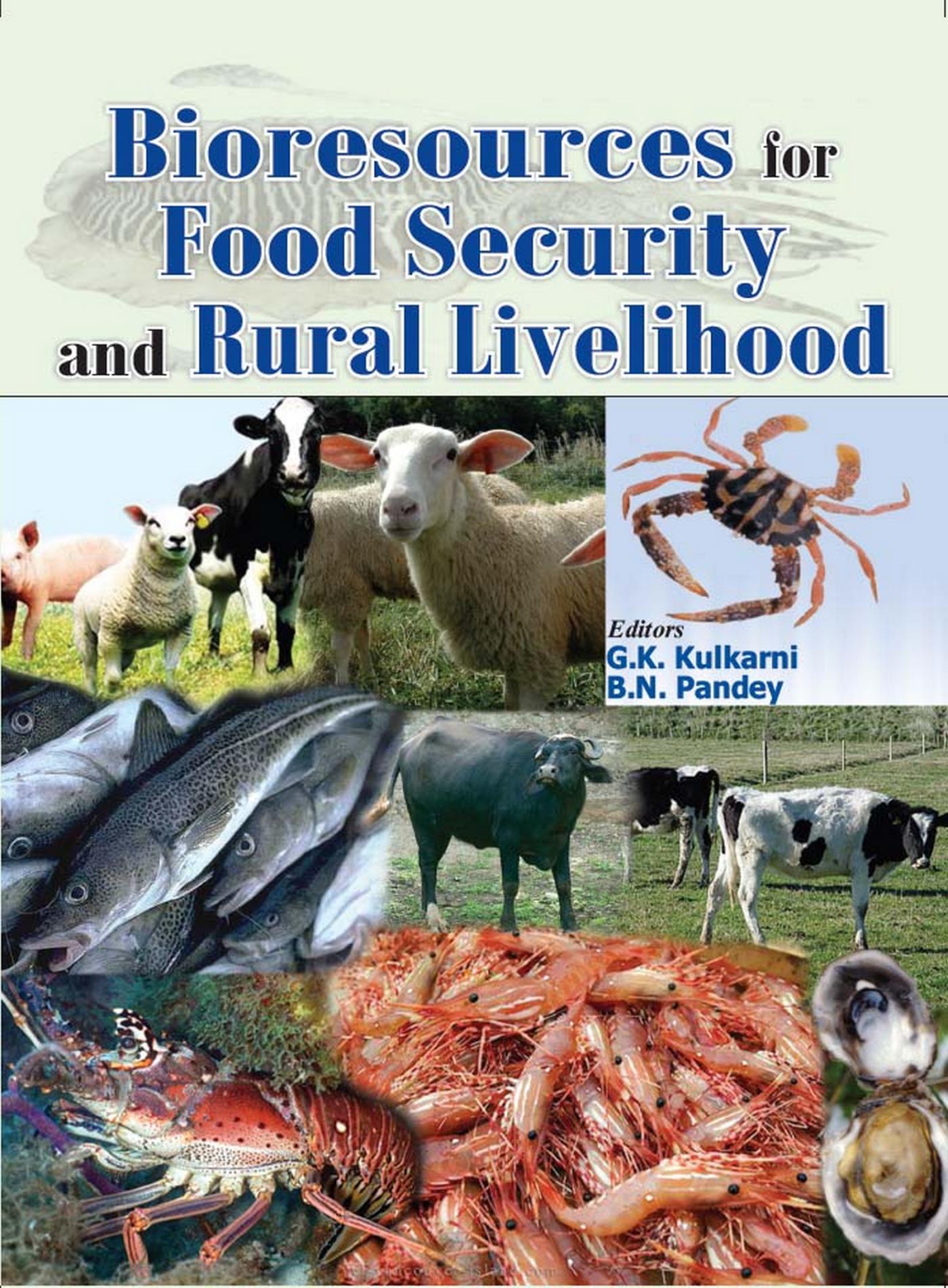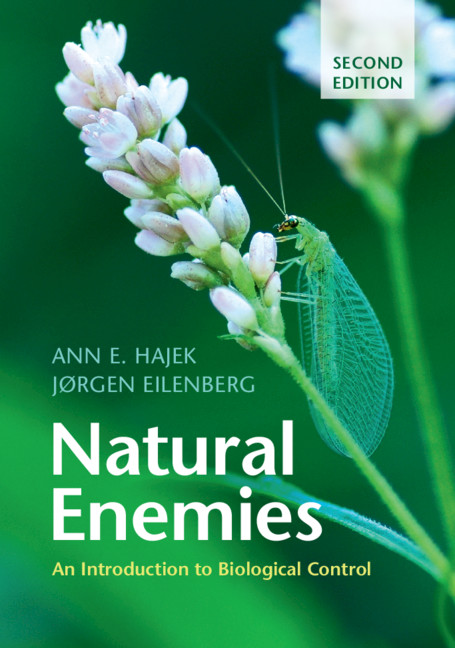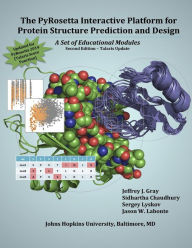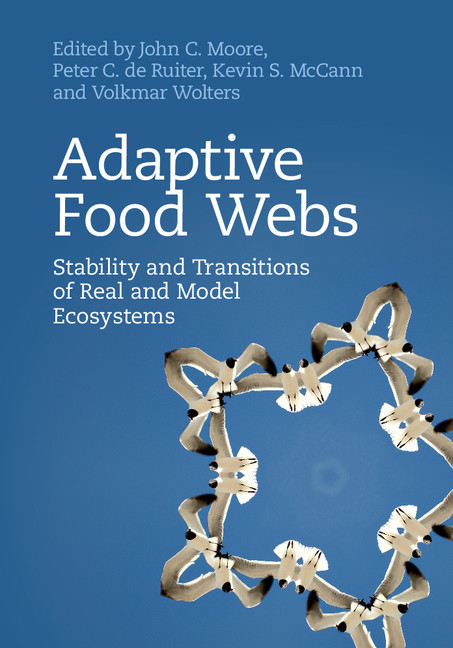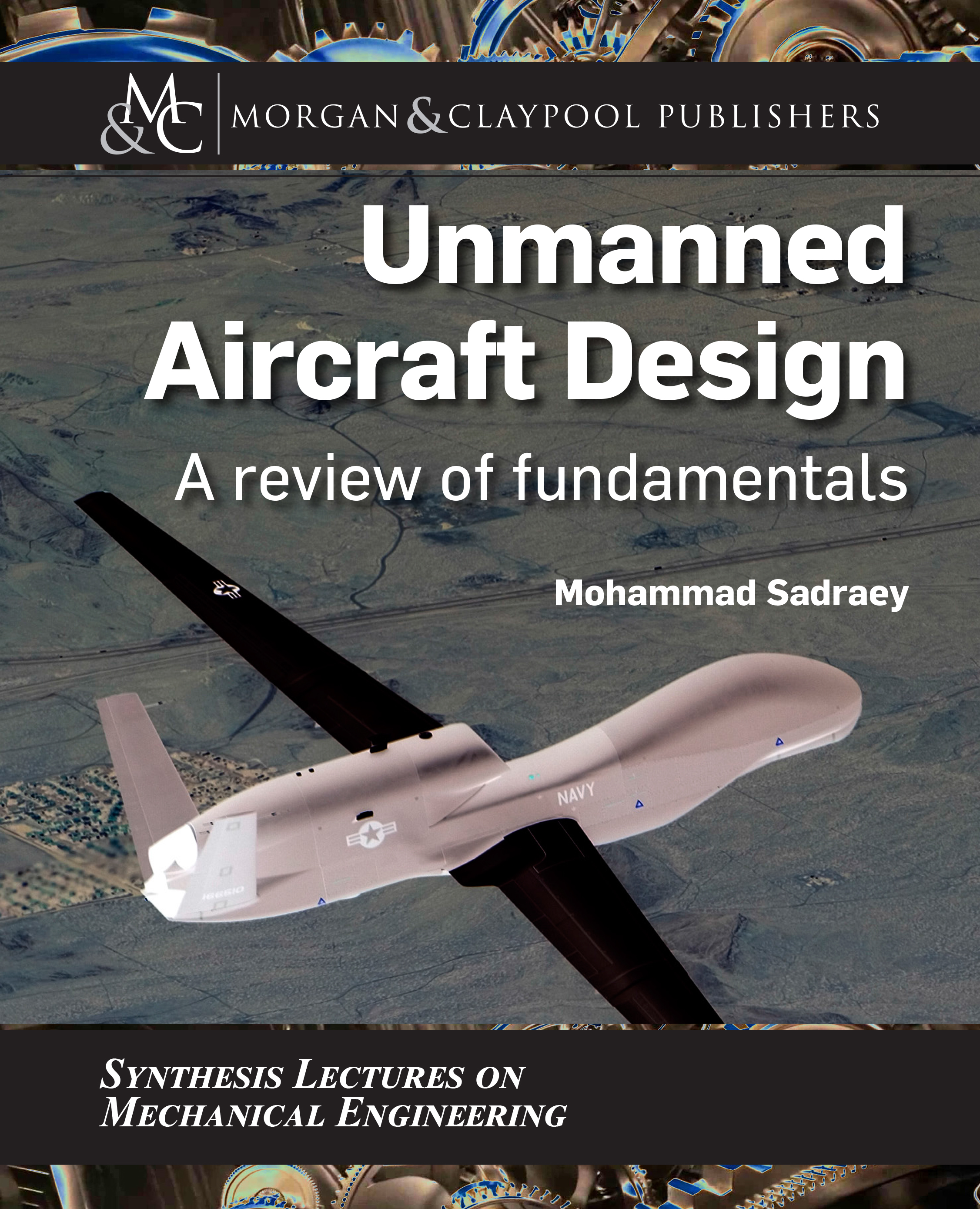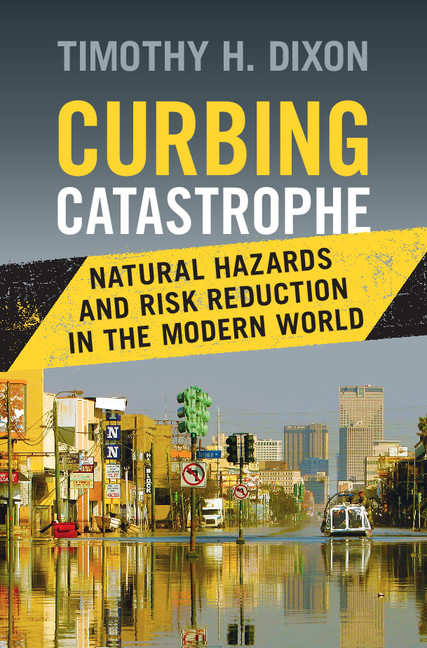Bioresources For Food Security And Rural Livelihood
by G.K. Kulkarni
2020-07-22 11:37:16
Bioresources For Food Security And Rural Livelihood
by G.K. Kulkarni
2020-07-22 11:37:16
Over one billion people experience the hardship that hunger imposes, a figure which continues to rise even amidst the riches of the 21st century. Engulfed within a vortex of population growth, economic instability and climate change, food security ha...
Read more
Over one billion people experience the hardship that hunger imposes, a figure which continues to rise even amidst the riches of the 21st century. Engulfed within a vortex of population growth, economic instability and climate change, food security has become the most intractable challenge for national and global governance. The feeble outcome of the 2009 World Summit on Food Security suggests that the richer countries have exhausted their energies and resources in rescuing the discredited banking sector. Biodiversity is the basis for human livelihoods and survival. We have lived as gatherers, hunters and fishing people during the largest part of our history. Later, agriculture and livestock keeping was based on a selection of the - for us -most useful species. Biodiversity is absolutely crucial for a sustainable food production to feed the growing population of the world. Livestock play an important part in securing the livelihoods of poor farmers around the world. Integrating the production of animals and plants can enhance yields of both and improve overall food security and income for rural livelihood. Since its founding more than 60 years ago, national and international action and advice on policies, programmes and research have been the driving forces of FAO's goal to achieve a food-secured world, free from hunger and malnutrition for present and future generations. The concept of 'food security' has developed over the past three decades. Concerns about food security up to the end of the 1970s were directed more at the national and international level, and concerned the ability of countries to secure adequate food supplies. The very first corporate strategy put forward in the Strategic Framework for FAO 2000-2015, Contributing to the eradication of food insecurity and rural poverty states FAO's aim of ensuring sustainable rural livelihoods and more equitable access to resources. It is recognized that for people, countries and the world to be truly food secure at all times, our livelihood systems must be economically, socially and environmentally sustainable. FAO has developed and promoted a broad food security framework that identifies four key dimensions - availability, access, utilization and stability. A livelihoods approach applied to FAO's food security work has functioned well in both development and emergency contexts and has added value to the food security paradigm.
Less


